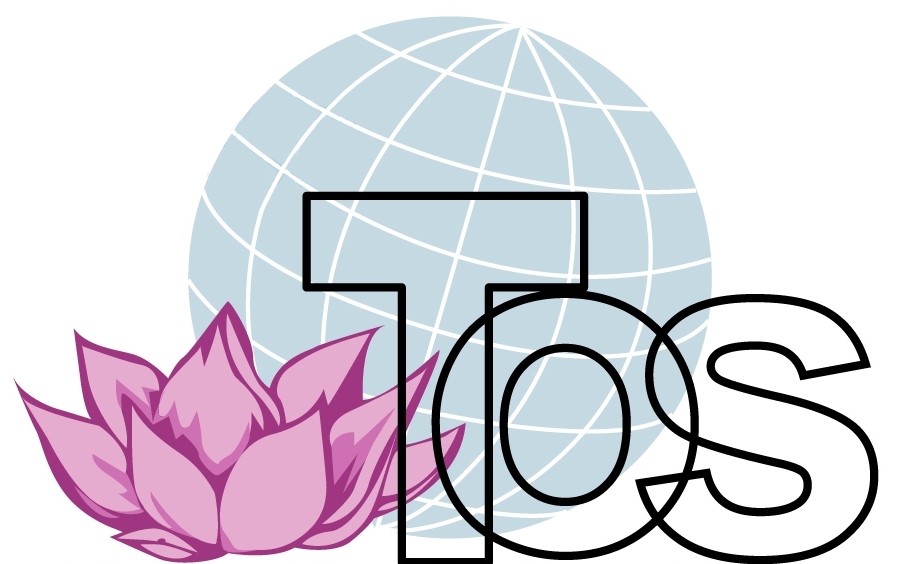Income Gap Widens Between Rich And Poor
General Topics:
Over two decades, the income gap has steadily increased between the richest Americans, who own estates and stocks and get big tax breaks, and those at the middle and bottom of the pay scale, whose paychecks buy less. The growing disparity is even more pronounced in this recovering economy. Wages are stagnant, and the middle class is shouldering a larger tax burden. Prices for health care, housing, tuition, gas, and food have soared.
According to the Census Bureau, the wealthiest 20% of households in 1973 accounted for 44% of total U.S. income. Their share jumped to 50% in 2002, while everyone else's fell. For the bottom fifth, the share dropped from 4.2 to 3.5%.
For those working in the bottom half of the pay scale, they are under an enormous amount of pressure. New government data shows that the President's tax cuts have shifted the overall tax burden from the wealthiest Americans to the middle class.
The U.S. job market is soft, sending wages down. Hiring came to a near standstill with companies adding just 32,000 new jobs overall, stunning economists who had expected seven times as many. More than a million jobs have been added back to the 2.6 million lost since Bush took office. However, they pay less and offer fewer benefits, such as health insurance. The new jobs are concentrated in health care, food services, and temporary employment firms. Three in five pay below the national median hourly wage of $13.53. On a weekly basis, the average wage of $525.84 is at the lowest level since October 2000.
Economists say wages should rise as companies boost hiring, but the growing gap between haves and have-nots will remain. Technology has eliminated many U.S. jobs, as has global competition, particularly from countries such as China. Highly skilled, educated workers in America will thrive, while low-skilled jobs remain vulnerable to outsourcing. BACK
